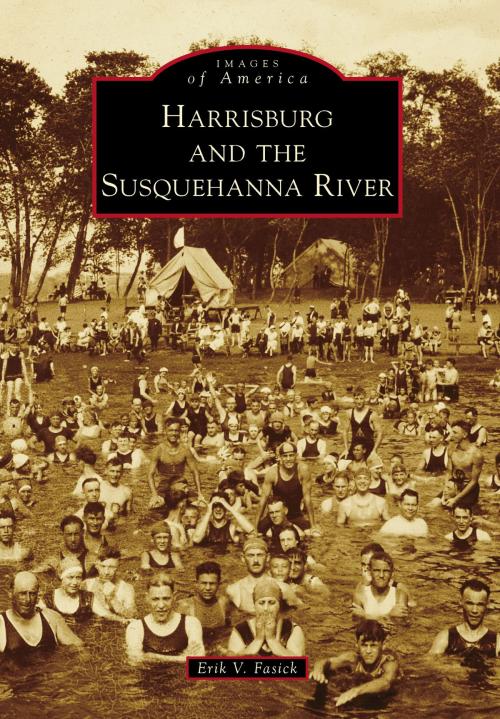Harrisburg and the Susquehanna River
Nonfiction, Travel, Pictorials, Art & Architecture, Photography, History| Author: | Erik V. Fasick | ISBN: | 9781439650097 |
| Publisher: | Arcadia Publishing Inc. | Publication: | March 2, 2015 |
| Imprint: | Arcadia Publishing | Language: | English |
| Author: | Erik V. Fasick |
| ISBN: | 9781439650097 |
| Publisher: | Arcadia Publishing Inc. |
| Publication: | March 2, 2015 |
| Imprint: | Arcadia Publishing |
| Language: | English |
In 1719, pioneer John Harris settled along the banks of the Susquehanna River and began a new era in the relationship between the inhabitants of what would later become the Greater Harrisburg area and a river that would provide them with economic opportunity, leisure, and sometimes misery. Spanning the Susquehanna in the 19th century were bridges that funneled raw materials and a growing workforce in the capital city, which thrived during the age of industry. However, the late 19th century brought a shift toward revitalization and beautification of the riverfront and islands with the construction of the Riverfront Steps, Dock Street Dam, beaches, parks, and gardens that were showcased through large public events such as the Kipona festival. This revitalization was again renewed in the late 20th century with the reimagining of City Island as an entertainment complex hosting concerts and sports franchises such as the minor-league baseball team the Harrisburg Senators.
In 1719, pioneer John Harris settled along the banks of the Susquehanna River and began a new era in the relationship between the inhabitants of what would later become the Greater Harrisburg area and a river that would provide them with economic opportunity, leisure, and sometimes misery. Spanning the Susquehanna in the 19th century were bridges that funneled raw materials and a growing workforce in the capital city, which thrived during the age of industry. However, the late 19th century brought a shift toward revitalization and beautification of the riverfront and islands with the construction of the Riverfront Steps, Dock Street Dam, beaches, parks, and gardens that were showcased through large public events such as the Kipona festival. This revitalization was again renewed in the late 20th century with the reimagining of City Island as an entertainment complex hosting concerts and sports franchises such as the minor-league baseball team the Harrisburg Senators.















